In our Noteworthy Notes column, we usually cover an astounding note that recently came through the grading room. This time, we’re going to explore a note that not only was handled by our talented PCGS Banknote team, but that also recently wowed the auction world. The note is unlike anything issued by the Bureau of Engraving and Printing today and is one of the rarest United States issues from the late 19th century.
It’s none other than the Series 1880 $1,000 Legal Tender note, which offers only five known specimens today. Cataloged by the Friedberg numbering system as Fr. 187k, this Series 1880 $1,000 bill is a scarcely seen numismatic treasure, with the Smithsonian Institution and Federal Reserve Bank of New York each laying permanent claim to one specimen in their own collections. Just three are presently in the hands of private collectors. One of these privately held specimens, graded Very Fine 25 by PCGS Banknote, garnered an astounding $252,000 at an August Stack’s Bowers Galleries sale.
This is certainly one of the highest figures we’ve seen any U.S. note take in a long time, and it marks yet another six-figure fetch for a piece graded by PCGS Banknote, which has had the privilege of examining and grading many of the rarest and most unusual notes on the market today. This elusive relic from 1880 was no exception, with its lacy ornamental flourishes and doily engraving patterns – hallmarks of the Gilded Age.
The obverse carries the signatures of Secretary of the Treasury Charles H. Treat and William Tecumseh Vernon, the latter an ordained minister of the African Methodist Episcopal Church who served as Register of the Treasury from 1906 through 1911. The red scalloped Treasury seal on the bottom-right corner of the face remains bold. Explorer Christopher Columbus is seated near a globe at the left, with a much larger central portrait of New York Senator DeWitt Clinton anchoring the note.
Some may wonder about the incongruence of a 15th-century explorer sharing space with a 19th-century politician on the same banknote. This design had been in use for the Series 1869 and 1878 emissions of the $1,000 Legal Tender note, and they hearken from an era when seemingly unrelated design elements were frequently used on the nation’s currency. Those looking for a connection between Columbus and Clinton might not look much past the fact that both have surnames starting with the letter “C.” However, a more scholarly deep dive reveals Columbus embarked on transatlantic exploration while Clinton advocated for the construction of the Erie Canal, creating an efficient passage from the Great Lakes to the Atlantic.
Collectors of United States banknotes don’t necessarily need to validate the relevant connections between Columbus and Clinton, both significant names in Atlantic-basin history, to understand the importance of this Series 1880 $1,000 Legal Tender note. It’s a rarity of eminence and prestige unmatched. But, perhaps making this particular specimen even more special is that it was only recently discovered, proving to even the most jaded collectors that real treasures are still out there, just waiting to be found.
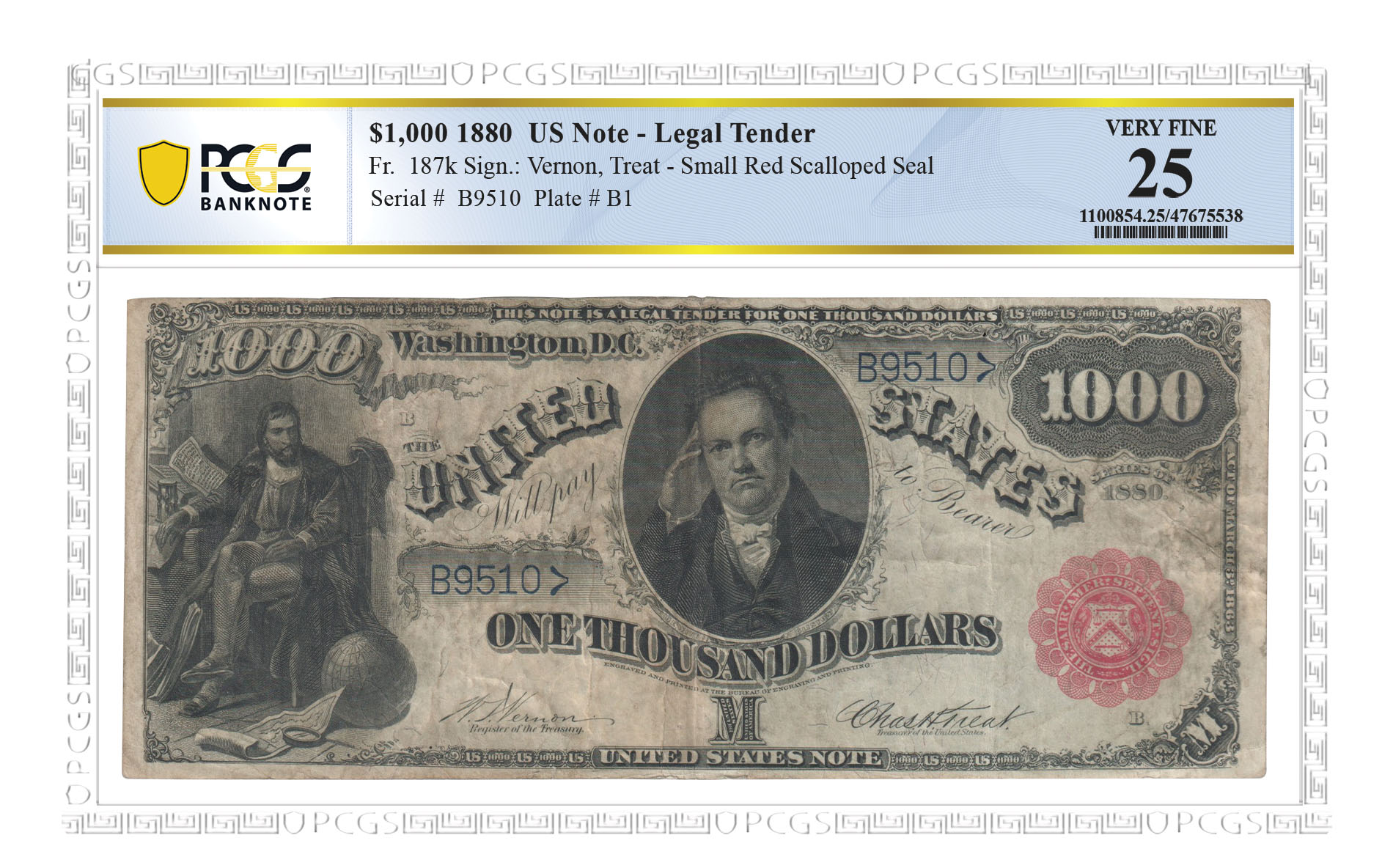
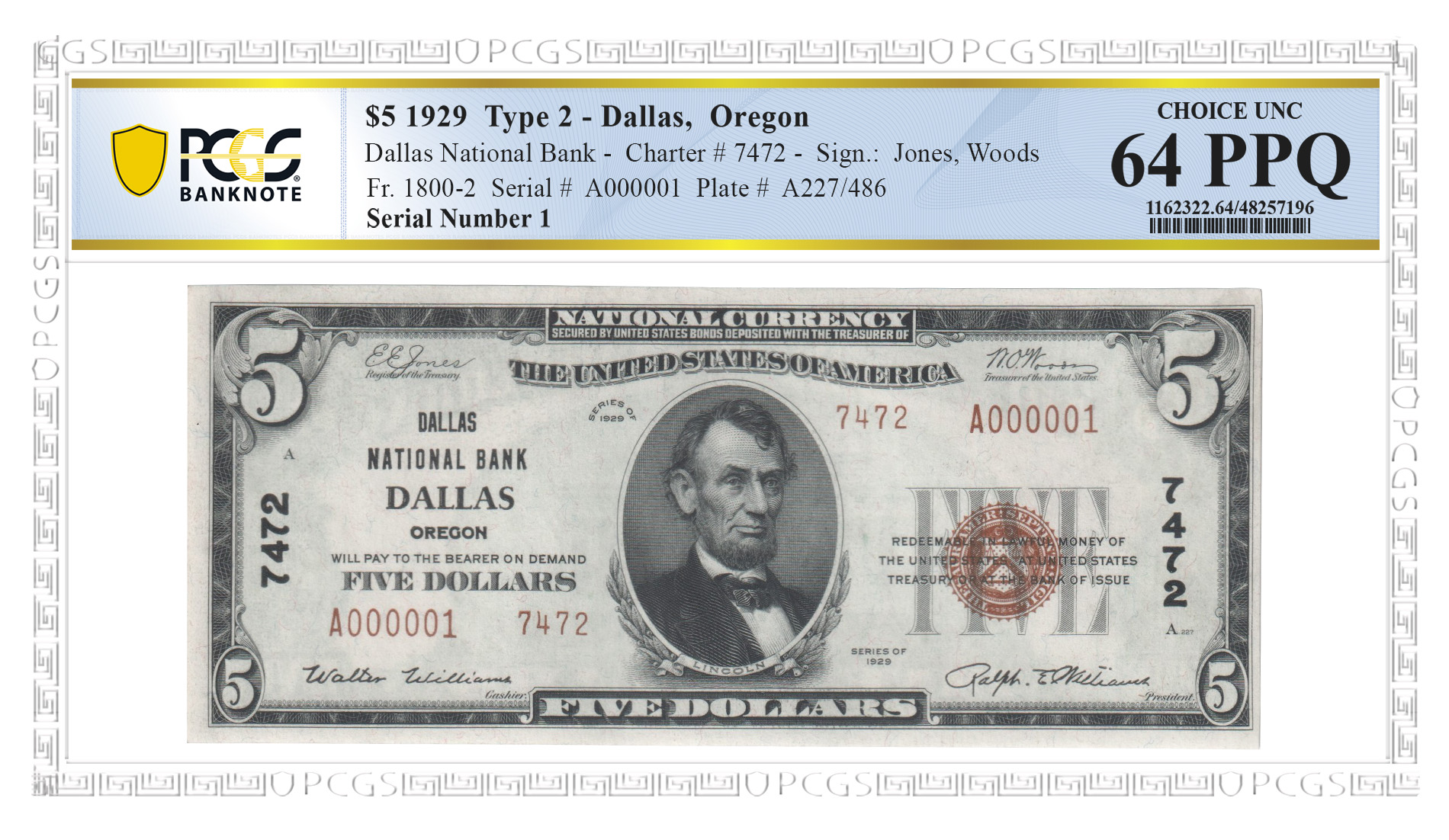
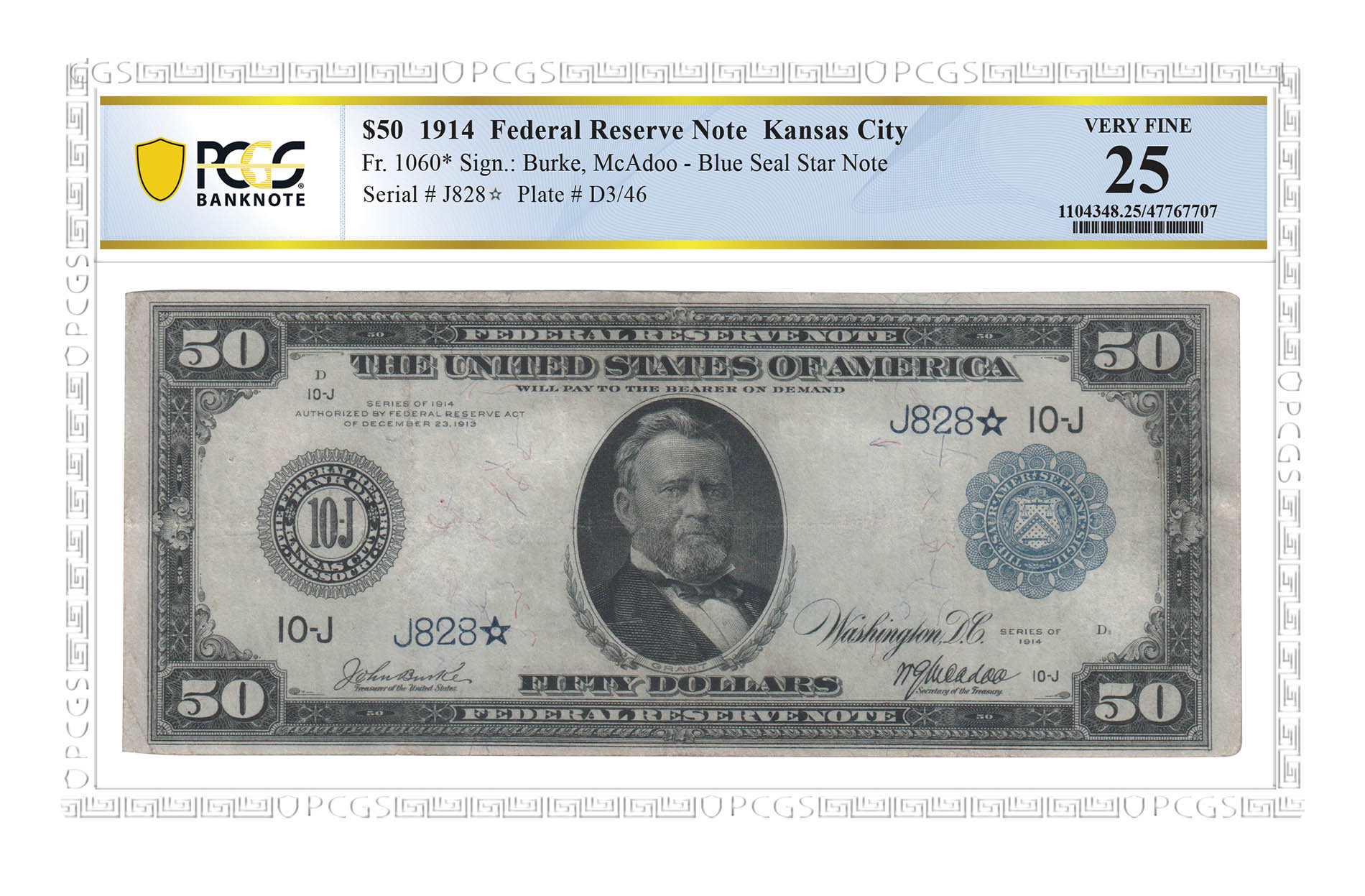

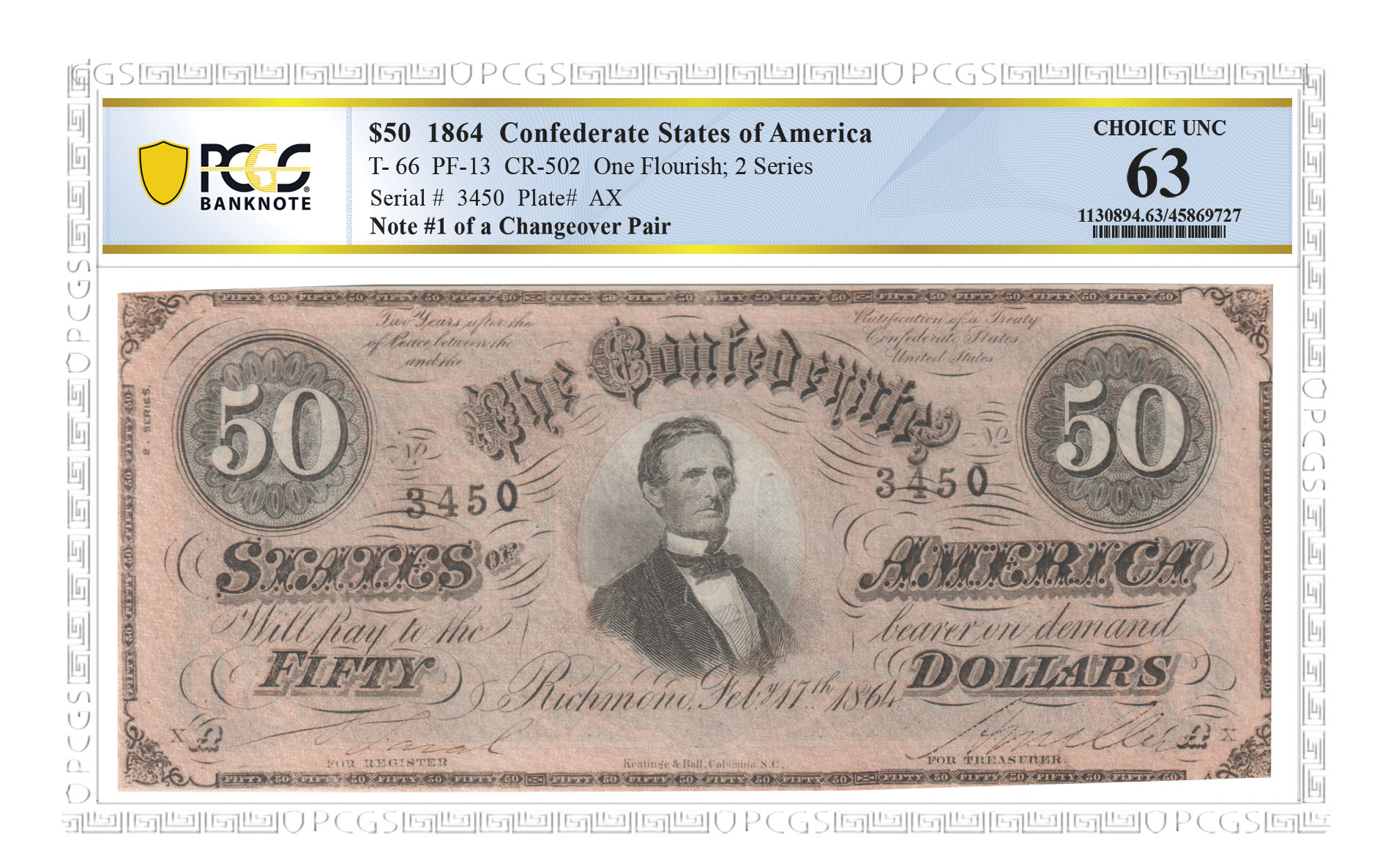
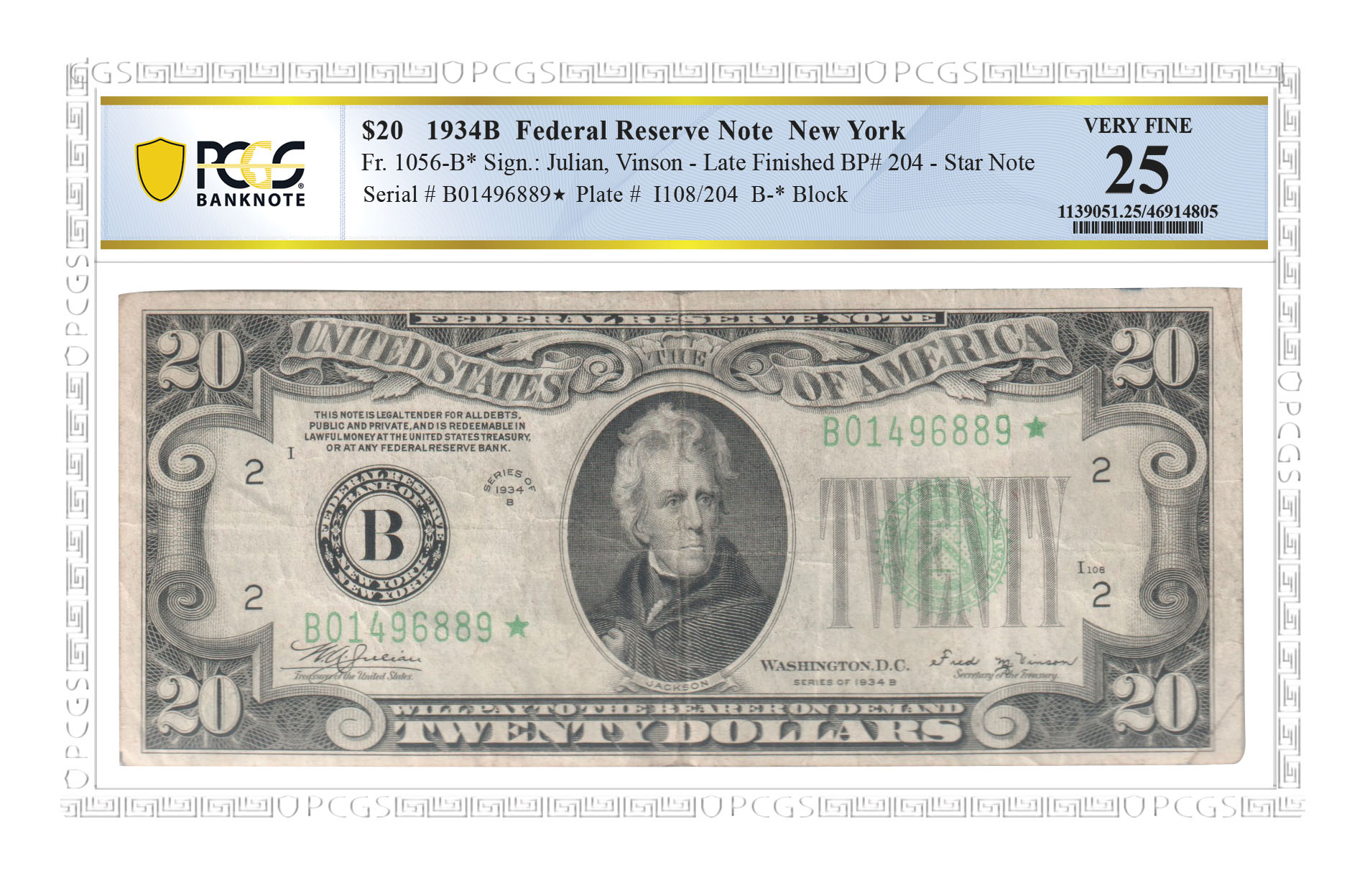

 Copper & Nickel
Copper & Nickel
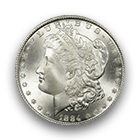 Silver Coins
Silver Coins
 Gold Coins
Gold Coins
 Commemoratives
Commemoratives
 Others
Others
 Bullion
Bullion
 World
World
 Coin Market
Coin Market
 Auctions
Auctions
 Coin Collecting
Coin Collecting
 PCGS News
PCGS News